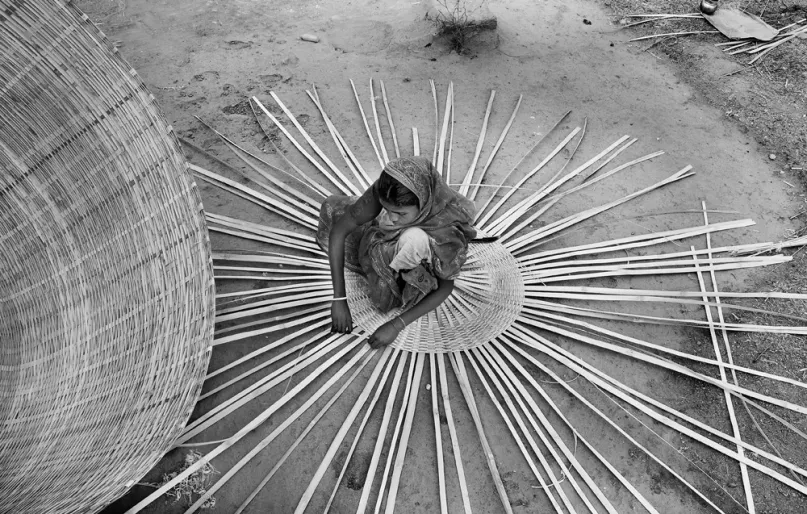From the Microfinance Coalition: Call to Action for Donors

Many microfinance institutions were created through donor initiatives in the 1980s and 1990s. As these institutions have matured and commercialized, donors have shifted their efforts away from direct subsidies of microfinance operations to other critical issues, such as the infrastructure and policy environments that limit growth of the inclusive finance sector. Donors have also invested in demand-side research, building financial capability of clients, and addressing specific constraints of excluded groups, like women, farmers and youth.
Donors have continued to support market-building efforts to crowd in capital to new opportunities, such as PAYGO business models for access to energy and other services. They have also increasingly supported blended finance vehicles that can support achievement of the Sustainable Development Goals (SDGs). In CGAP’s latest round of the Funder Survey, it found that one-third of inclusive finance funders have aligned their funding to the SDGs.
In light of the impact of the COVID-19 crisis on financially vulnerable microentrepreneurs and the institutions that serve them, CGAP is working with its members to provide visibility on where donor subsidy may be most impactful, and is supporting a data initiative to capture the effects of COVID-19 on the institutions that serve the bottom of the pyramid (BOP).
The Microfinance Coalition has identified several ways in which donors and microfinance institutions can work together to respond to the needs of the BOP during this crisis.
1. “Last mile” cash distribution - Governments and humanitarian organizations are already scaling cash transfers to the BOP. As of mid-April, over 126 countries had expanded or introduced cash transfer programs. WFP and UNICEF also announced an expanded initiative to support children who are out of school and have thus lost access to school feeding initiatives. The new program supports children through vouchers or cash transfers in 68 countries.
With their deep community connections, microfinance institutions can be core partners in the “last mile” distribution of these cash transfer initiatives, particularly in communities where digital channels are not the customers’ preferred choice or where infrastructure is not readily available.
2. Partner in the emergency food and medical response – Beyond cash distribution, the humanitarian community is scaling emergency food and medical assistance.
With their extensive infrastructure, whether in the form of branch offices or agents, microfinance institutions could be leveraged in the distribution of emergency relief efforts, provided measures are taken to protect the health and well-being of their staff, and protective gear and sterilization practices are utilized. At a minimum, microfinance institutions can be used to channel information to the BOP about relief efforts that could support their ability to withstand the lockdown measures and the significant drops in income.
Furthermore, many microfinance institutions work with or operate savings groups, village savings and loan associations, and other models that are geared toward serving the most vulnerable segments. These quasi-formal structures can be leveraged in the distribution of relief efforts, facilitating access to the most excluded and often neglected segments of society.
3. Onboarding into the digital economy. Emerging evidence from China is demonstrating that micro and small enterprises that are engaged on digital platforms or those that are equipped to make and receive payments digitally are more successfully navigating the COVID-19 crisis. While China’s digital ecosystem is more robust than many of the least developed countries in which the Coalition works, China does provide a lesson regarding the importance of onboarding micro and small enterprises into the digital economy as an important hedge against future pandemics and other crises.
Microfinance institutions are well-positioned to support the digitization of their clients’ businesses. Given the levels of trust they have developed with their customers, their outreach channels could serve to educate and support a gradual onboarding process.
Many microfinance institutions have already begun to digitize some components of their operations, creating opportunities for their customers to transition and increase their comfort with digital tools. For example, Accion investee, Civico, developed a new digital application to help facilitate conditional cash transfers to underserved merchants. AccessHolding recently launched a web-based application to help loan officers work quickly with customers to restructure loans. And the FINCA Impact Network is delivering public health and safety messaging to its 2.6 million customers worldwide through the network’s digital channels and agents, which are experiencing user spikes as high as 2,000 percent in the past month. For many customers, it is the first time they have connected with FINCA remotely.
The foundational support of donors is once again crucial to preserving and fostering responsible financial inclusion.
Donors are undoubtedly stepping up their relief efforts, and in doing so, are likely to rely on their traditional humanitarian assistance arms.
Furthermore, the Coalition calls upon the donor community to consider mechanisms to facilitate direct support to microfinance institutions in the following ways:
- Investing as first loss partners in liquidity and guarantee facilities.
- Providing technical assistance funding to support onboarding of the BOP into the digital economy.
- Providing grant support to enable microfinance institutions to quickly expand their existing capabilities to extend their reach and to protect staff with the appropriate protective gear and sterilization practices.
Most microfinance institutions have long ago stopped relying on donor subsidies. There is limited risk that any short-term measures to use MFIs as relief partners or provide them direct support would trigger dependency or misdirect these institutions from their commercial orientation. The Coalition and the MFIs in our respective organizations are prepared to leverage our established networks and client relationships to support COVID-19 relief efforts to the fullest extent possible. We welcome the partnership of donors working similarly to alleviate the pandemic’s impact on the BOP.


